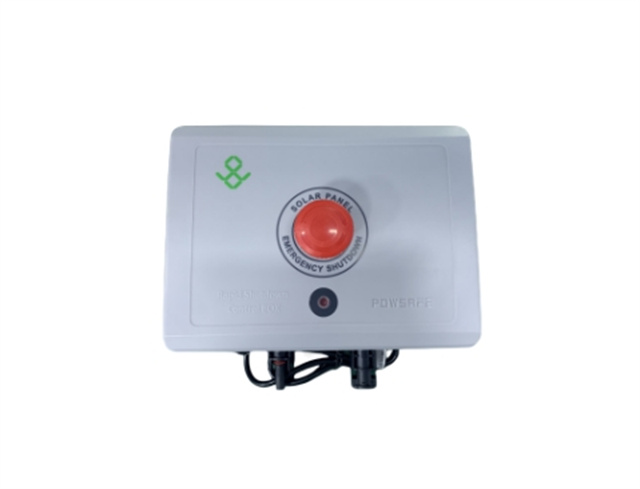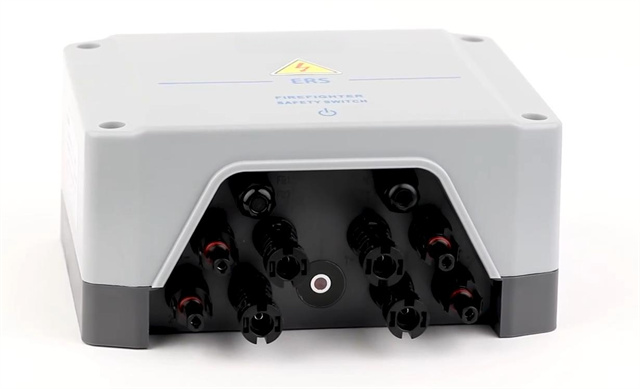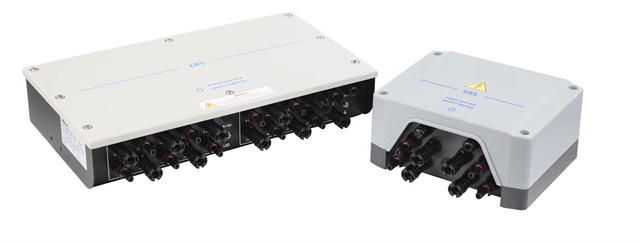Author:BLD Solar Energy SystemFROM:Solar System Converter Manufacturer TIME:2023-08-23
The solar photovoltaic (PV) industry has experienced rapid growth and development in recent years. As the demand for clean energy continues to rise, so too does the need for safe and efficient solar power systems. One critical aspect of solar installation safety is the implementation of rapid shutdown code solutions. These solutions ensure that in the event of an emergency or maintenance situation, solar panels can be quickly and effectively shut down to prevent any potential hazards. In this article, we will conduct a market analysis of solar rapid shutdown code solutions, examining their current state and future prospects.

The current landscape of solar rapid shutdown code solutions is characterized by a variety of technologies and approaches. One commonly used solution is the module-level power electronics (MLPE) method. This approach involves the use of power optimizers or microinverters installed on each solar panel. In the event of an emergency, these MLPEs can rapidly shut down the power output from individual panels.
Another popular solution is the use of rapid shutdown devices that are installed at the system level, rather than at the module level. These devices are typically integrated into the solar inverters or combiner boxes and provide a centralized shutdown mechanism for the entire array. This approach is often favored in larger-scale solar installations.

The market for solar rapid shutdown code solutions is expected to witness significant growth in the coming years. One key driver of this growth is the increasing adoption of solar PV systems in residential and commercial sectors. As more countries and regions introduce stricter regulations and codes regarding rapid shutdown requirements, the demand for compliant solutions will surge.
Furthermore, advancements in technology and cost reductions have made solar rapid shutdown code solutions more accessible. Manufacturers are constantly innovating to develop more efficient and affordable solutions. For instance, wireless communication technologies are being explored to eliminate the need for physical wiring between the rapid shutdown devices.
There is also a growing market for retrofitting existing solar installations with rapid shutdown code solutions. Many older PV systems do not meet the latest safety standards, and implementing rapid shutdown devices can help upgrade their safety features without requiring a complete system overhaul.

Despite the positive market outlook, there are still challenges that need to be addressed in the solar rapid shutdown code solutions market. One significant challenge is the lack of uniformity in codes and regulations across different regions and countries. This variability creates complexity for manufacturers and installers who need to ensure compliance with multiple standards.
Another challenge is the cost associated with implementing rapid shutdown code solutions. While the prices have been decreasing, some solar developers and installers may still find it difficult to justify the additional expenses. However, as the market matures and economies of scale are realized, the costs are expected to further decrease.
In conclusion, the market for solar rapid shutdown code solutions is poised for growth due to increasing safety regulations and the expanding adoption of solar PV systems. As technology continues to advance and costs decrease, the industry will witness further innovation and market opportunities. However, addressing the challenges of regulatory variability and cost-effectiveness will be crucial for the sustainable development of the market.
